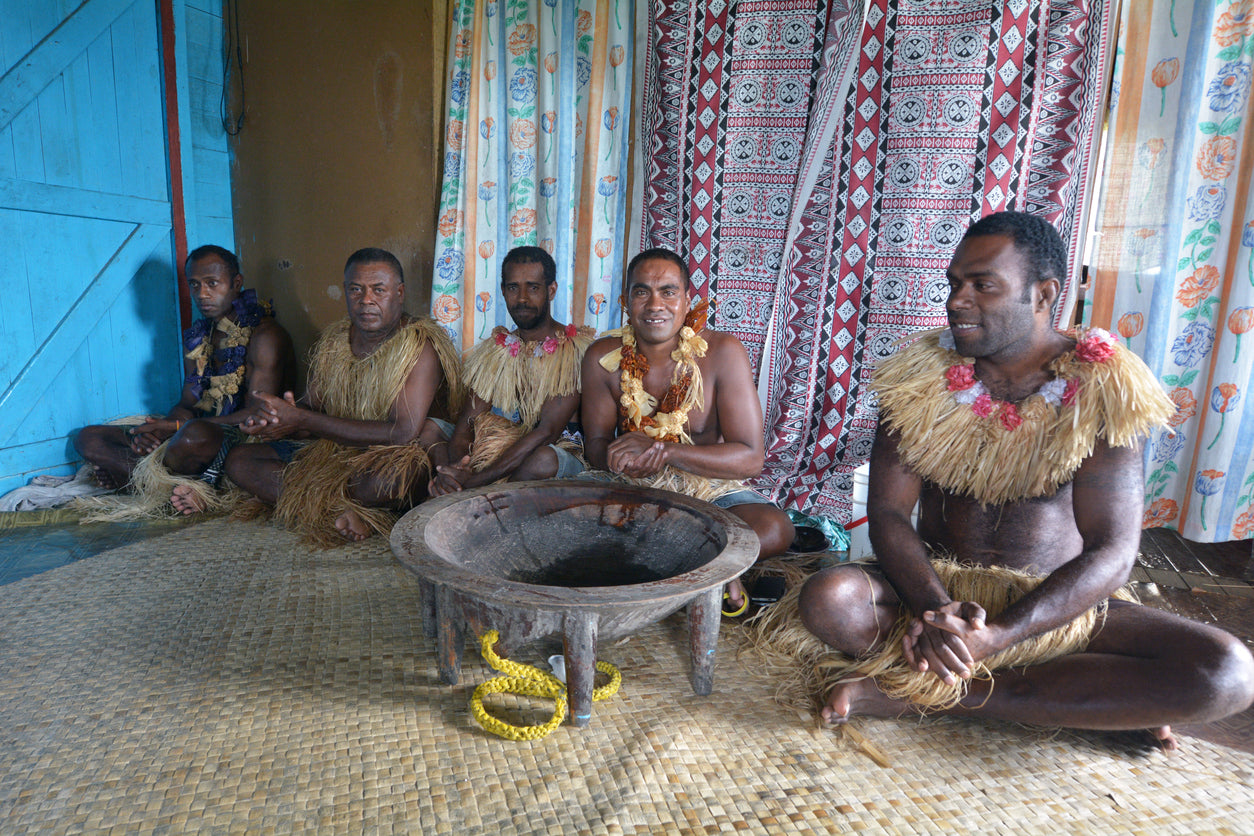
Drinking kava tea is rooted in history and tradition, and its story begins in the lush landscapes of the South Pacific. For centuries, this humble plant has been more than just a crop—it's been a key to community and cultural identity.
The Origins of Kava
Kava kava, scientifically known as Piper methysticum, originates from the islands of the South Pacific. Its cultivation dates back over three millennia. The exact island where kava was first domesticated remains a topic of debate, it is widely believed to be in Vanuatu, but a few people believe it to be Papua New Guinea. Traditionally, kava is prepared by grinding the root into a fine powder and mixing it with water to create a tea.
Kava's Role in Pacific Island Cultures
Deeply woven into the fabric of life in the Pacific Islands, kava acts as a cultural equalizer, transcending age and social status. In places like Fiji, Tonga and Hawaii, kava ceremonies are moments of reflection and connection. Participants share stories, laughter and wisdom around the tanoa (kava bowl), strengthening community ties.
In these societies, offering kava is a gesture of hospitality and respect. Visitors are often welcomed with a kava ceremony, signifying friendship and goodwill. Kava is also a symbol of cultural pride and identity. It represents a link to their heritage, preserved and celebrated across generations.
Cultural Traditions Surrounding Kava
Kava ceremonies hold profound cultural significance in many Pacific Island societies and are often conducted to mark important occasions, such as weddings, funerals and political gatherings. The act of preparing and drinking kava is steeped in ritual, emphasizing respect, unity and connection between participants.
Because kava plays a key role in social interactions, it serves as a medium for fostering dialogue, resolving conflicts, and forging communal bonds. The calming effects of kava facilitate a relaxed environment, encouraging open communication and mutual understanding.
Kava is also used in traditional medicine. Indigenous healers have long valued kava for its purported calming and therapeutic properties, using it to help with anxiety, stress and insomnia.
The Evolution of Kava
Over the centuries, kava's role in Pacific Island communities has evolved significantly and transcended its traditional boundaries, especially in these key areas:
- Increased global interest: With the rise of wellness trends, kava has caught the attention of health enthusiasts worldwide. Known for its calming effects, kava is increasingly popular as a natural alternative to promote relaxation and reduce anxiety.
- Product innovations: Kava's versatility has led to a variety of new products, including capsules, teas and tinctures, making it accessible to a broader audience.
- Kava bars and cafes: Across the globe, kava bars and cafes offer patrons a slice of Pacific culture alongside their kava-filled cups. These venues often recreate traditional kava rituals, allowing people to experience the rich traditions of the islands firsthand.
Kava's allure lies not only in its soothing properties but also in the cultural depth it offers. Whether you're a wellness seeker trying to de-stress or a cultural enthusiast eager to explore new traditions, kava invites you to discover a world in which community and calm blend seamlessly.
Bula Kava House offers a wide selection of kava, all sourced from our partners in the South Pacific. Uncover the magic of kava, and you may find yourself drawn to its vibrant community and timeless traditions.
